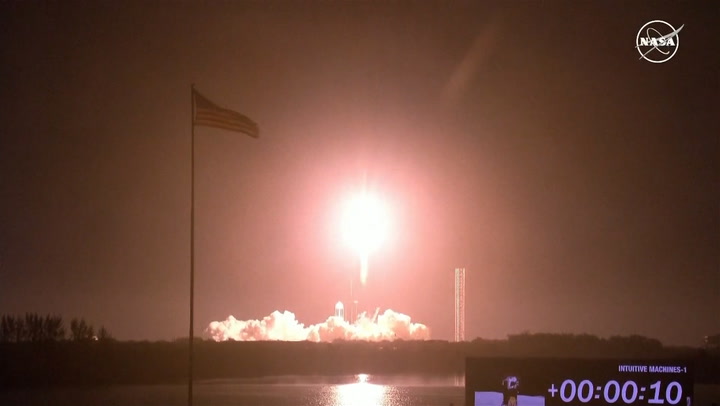The Sagrada Familia in Barcelona is set to be finished in 2026, around 144 years after construction first started on the Catholic church in 1882.
On 20 March, the Sagrada Familia annual report announced that the completion of the final six of 18 towers will mark the end of building work on the Unesco World Heritage site.
The Junta Constructora de la Sagrada Familia said: “The beginning of the final stage of construction kicked off with the completion of the towers of the Evangelists (November 2023) and work is currently underway on the Chapel of the Assumption and the tower of Jesus Christ.
“The Chapel of the Assumption is expected to be finished in 2025 and the tower of Jesus Christ in 2026.”
Catalan architect Antoni Gaudí’s famously unfinished basilica is estimated to have been only 15 per cent built when he died in 1926. The new date coincides with the centenary of his death.
Originally, work on the structure was funded exclusively by donations from repentant sinners. Now, with 4,707,367 million visitors in 2023 paying €25–40 (£20–£32) to visit the basilica and take part in mass, construction costs are largely covered by tourism.
The Sagrada Familia reported an income of €126.9 million (£108.8m) in 2023, of which “52 per cent of funds went to construction and 26 per cent to Temple management”.
Although the new completion date is just two years away, construction on the heavily disputed stairway to the main entrance is predicted to continue until 2034.
Current architectural plans are reconstructions of Gaudi’s originals after arsonists started a fire in his workshop, destroying plaster models and drawings for the Sagrada, in 1936 during the Spanish Civil War.
The 172.5m high tower of Jesus Christ will make the Sagrada Familia the Spanish city’s tallest building.
In October last year, the final four evangelist sculptures were set in place amid the scaffolding, with Matthew depicted as an angel, John an eagle and Mark and Luke, in the forms of a lion and an ox.
Source: independent.co.uk



